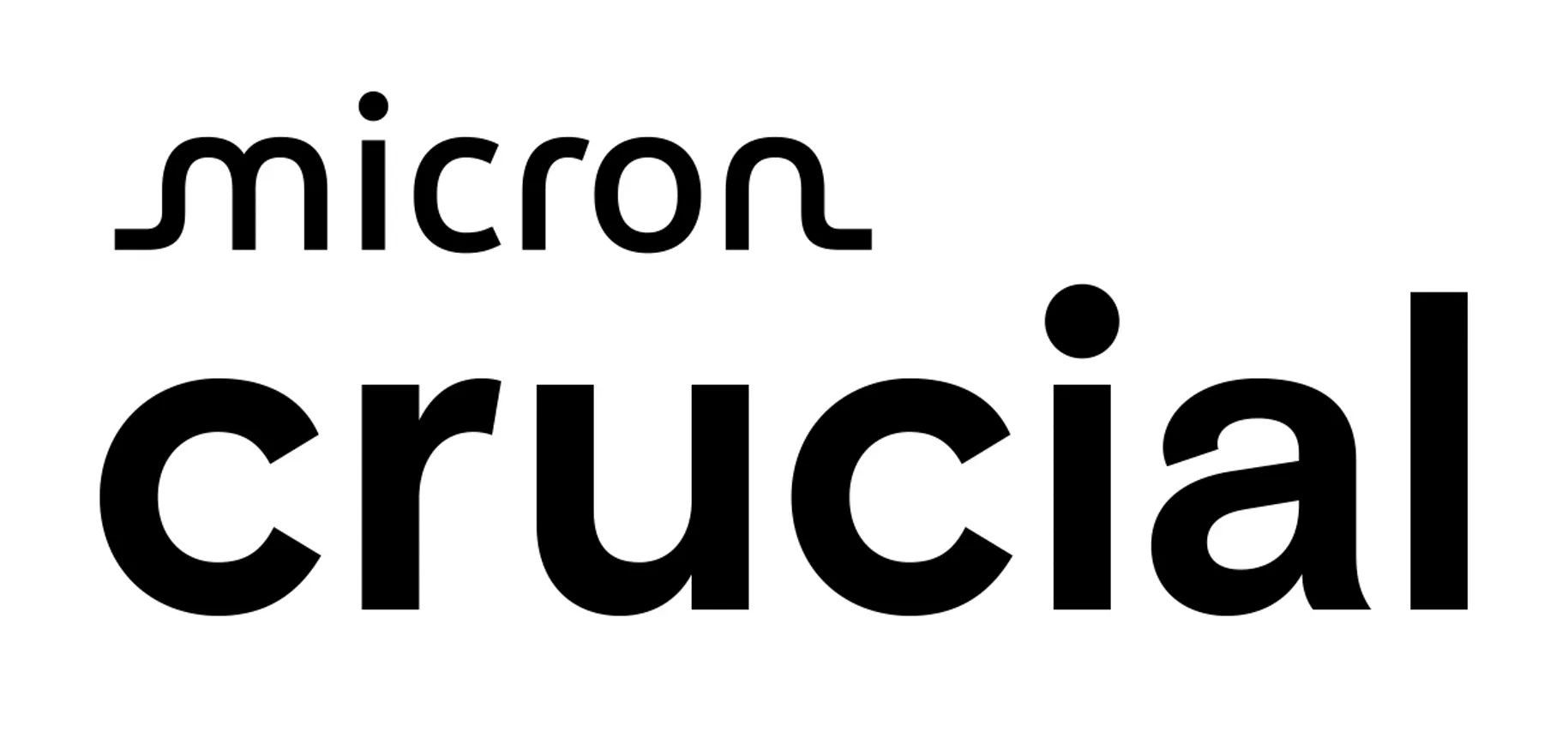A proposed bill introduced to Parliament this week calls for commercial images that feature digitally altered bodies to show a clear label that this is the case.
The bill was introduced by Luke Evans, the Conservative MP for Bosworth in Leicestershire, who is also a GP.

If the Digitally Altered Body Images bill became law, it would require advertisers, publishers, broadcasters and influencers making commercially sponsored posts to indicate that body images had been Photoshopped or otherwise digitally altered.
This would take the form of a disclaimer saying that the image of the body or body part had been digitally changed.
Dr Evans said that the bill would not affect people wanting to touch up wedding pics or removing the ‘red eye’ from a flash flare from their social media post.
Instead, he said that it was intended to target publishers with commercial intent and others with “significant, far-reaching influence”.
He added that it was not a case of a ‘nanny state’ exerting control, comparing the bill to existing measures that aim to bring more honesty to advertising and other content, such as a ‘P’ being shown to indicate product placements in programming, or video game ads indicating when images are not actual game footage.
Digitally altered images have consequences for people with body image issues
In a statement posted on his website, Dr Evans said that commercial images that had been doctored in these ways do not represent reality and that they fostered a “warped sense” of appearances.
This, he added, could have genuine consequences for anyone experiencing issues with body image and body confidence issues.
He said that he hoped that the bill would go some way to tackling unrealistic images of people online, which he had seen first-hand in his work as a doctor could have a dangerous impact on physical and mental health issues such as eating disorders.
If the bill passed into law, the Advertising Standards Authority (ASA) would be tasked with filling in the details.
ASA is the UK’s independent regulator for advertising across both traditional and digital media, and it would be asked to develop guidelines on how a disclaimer would look and how it would be displayed.
It would also have to determine and codify what counted as ‘commercial purpose’ and editing in terms of the imagery involved.
Today’s news was brought to you by TD SYNNEX – the UK’s number one solutions distributor.
Read more of our latest Industry Updates stories

